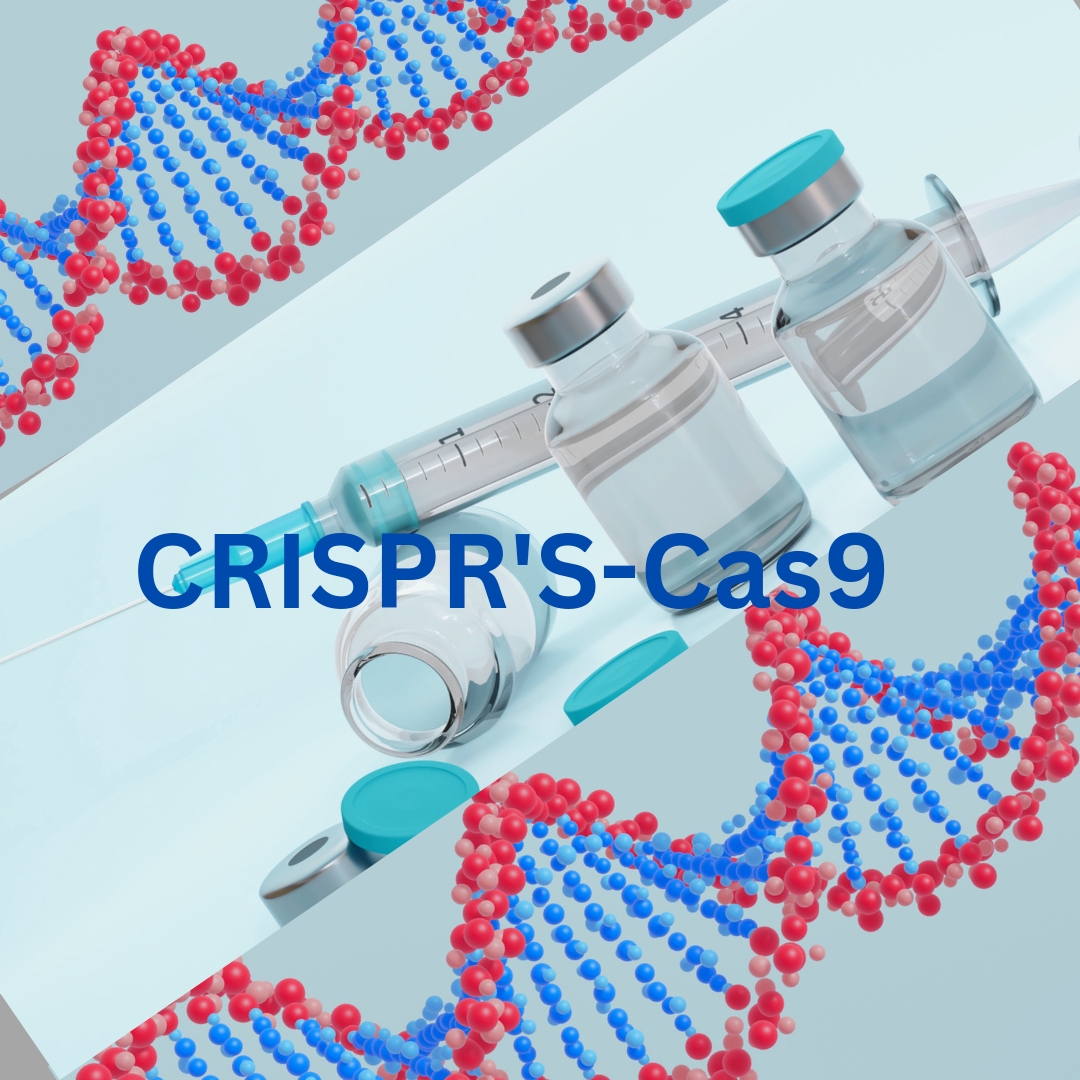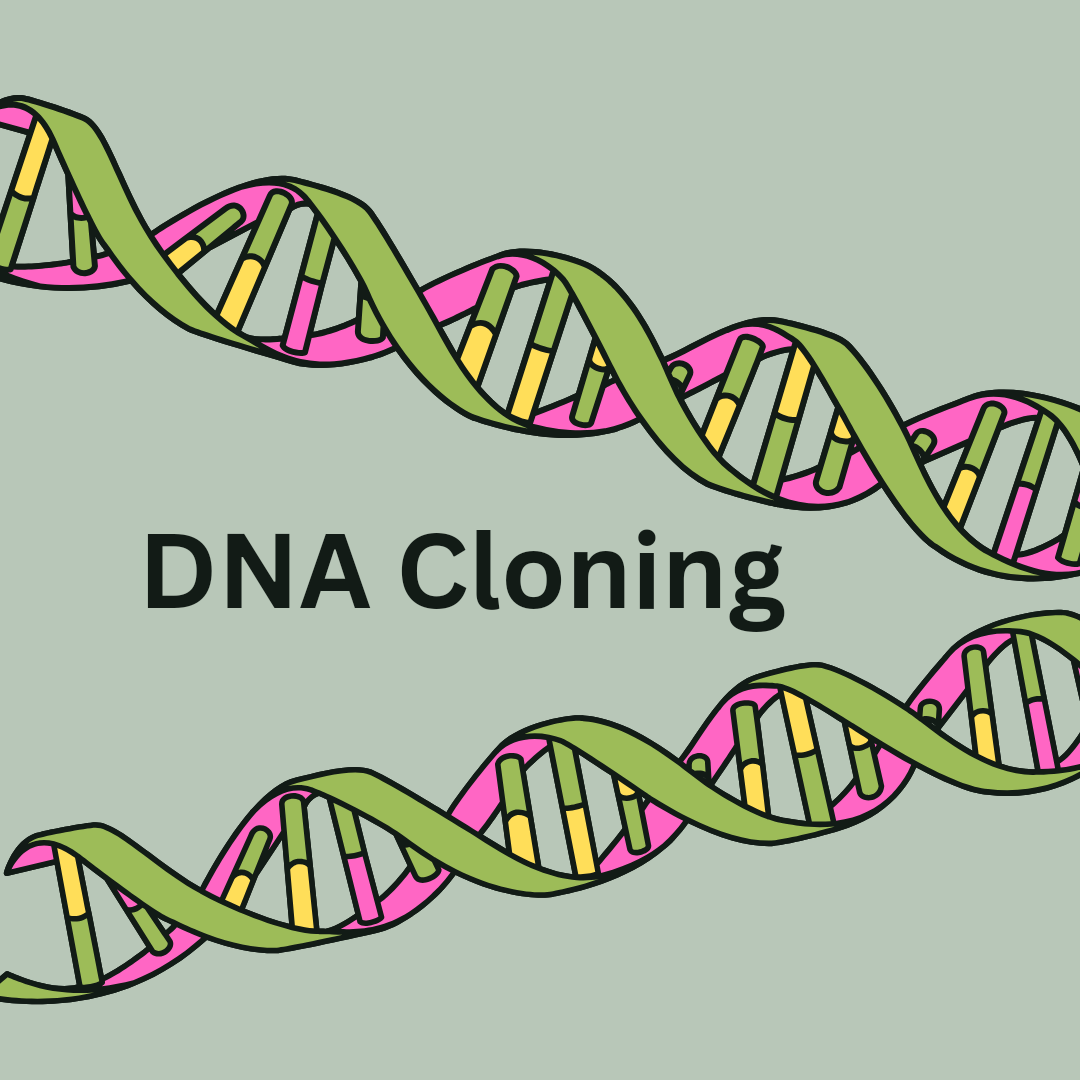CRISPR technology is changing the field of genetics and biotechnology. This groundbreaking technique enables gene editing with unparalleled accuracy, providing fresh hope for treating genetic illnesses, improving crop resilience, and even fighting infectious diseases. Let’s go deeper into the complexities of CRISPR, its mechanics, applications, and ethical implications.

What is CRISPR?
CRISPR, or Clustered Regularly Interspaced Short Palindromic Repeats, is a powerful genetic editing technology that allows scientists to modify an organism’s DNA. Discovered in bacteria as part of their immune system, CRISPR is used to detect and destroy viral DNA. By harnessing this natural mechanism, scientists have developed a tool that can target and modify specific genetic sequences in any organism.
How does CRISPR work?
The CRISPR system works in conjunction with a protein called Cas9 (CRISPR-associated protein 9). Here’s a step-by-step breakdown of the process:
- Guide RNA (gRNA) Design: Scientists create a synthetic RNA molecule called guide RNA, which matches the DNA sequence they want to edit. The gRNA is designed to be complementary to the target DNA sequence.
- Binding: The guide RNA binds to the Cas9 protein, forming a complex.
- Targeting: This complex then scans the DNA in the cell for a sequence that matches the guide RNA.
- Cutting: Once the target DNA is located, Cas9 acts like molecular scissors, making a precise cut at the specified location in the DNA.
- DNA Repair: The cell’s natural repair mechanisms kick in to fix the break. During this repair process, scientists can introduce new genetic material or remove specific sequences, effectively editing the genome.
Applications of CRISPR Technology
CRISPR’s versatility and precision have opened up numerous applications across various fields.
1. Medicine:
- Genetic Disorders: CRISPR holds the potential to cure genetic disorders such as cystic fibrosis, sickle cell anemia, and Huntington’s disease by correcting defective genes.
- Cancer Therapy: Researchers are developing CRISPR-based therapies to target and eliminate cancer cells, offering a new avenue for cancer treatment.
- Infectious Diseases: CRISPR can be used to engineer immune cells to fight off infections like HIV and to develop rapid diagnostic tests for diseases such as COVID-19.
2. Agriculture:
- Crop Improvement: CRISPR can create crops that are more resistant to pests, diseases, and environmental stresses, enhancing food security and sustainability.
- Nutritional Enhancement: By editing genes, scientists can increase the nutritional value of crops, addressing malnutrition in developing regions.
3. Biotechnology:
- Gene Drives: CRISPR can be used to spread genetic modifications through populations of organisms, potentially controlling vector-borne diseases like malaria by altering mosquito genes.
- Synthetic Biology: CRISPR allows for the creation of organisms with new functions, such as bacteria engineered to produce biofuels or pharmaceuticals.
Ethical Considerations of CRISPR
With its immense potential, CRISPR also raises significant ethical and societal questions:
1. Germline Editing:
Editing genes in embryos can result in changes that are passed on to future generations. This raises concerns about unintended consequences and the possibility of “designer babies,” where genetic traits like intelligence or physical appearance are selected.
2. Biodiversity and Ecosystem Impact:
Gene drives and other CRISPR applications could alter ecosystems in unpredictable ways. It’s crucial to assess the ecological impact and ensure that such interventions do not disrupt natural balances.
3. Access and Equity:
As CRISPR technology advances, it’s important to ensure equitable access to its benefits. There is a risk that only wealthy individuals or countries could afford CRISPR-based treatments, exacerbating existing inequalities.
Recent Success Stories and Research Advances
- Sickle Cell Disease: In a groundbreaking clinical trial, CRISPR was used to edit the genes of patients with sickle cell disease, resulting in the production of healthy blood cells.
- Inherited Blindness: Scientists are testing CRISPR to correct genetic mutations that cause blindness, offering hope for restoring vision in affected individuals.
- COVID-19 Detection: CRISPR-based diagnostic tools have been developed to rapidly and accurately detect the presence of the SARS-CoV-2 virus, aiding in the fight against the pandemic.
The Future of CRISPR
The potential applications of CRISPR are vast and still unfolding. Future research is likely to expand its use in medicine, agriculture, and biotechnology. Efforts are also underway to refine the technology to increase its precision and reduce the risk of off-target effects.
Conclusion
CRISPR technology represents a monumental leap in our ability to understand and manipulate the genetic code. Its impact on medicine, agriculture, and biotechnology could be transformative, offering solutions to some of the most pressing challenges facing humanity. However, as we advance, it’s essential to navigate the ethical landscape carefully, ensuring that the benefits of CRISPR are realized in a responsible and equitable manner.
DNA Cloning Technology: Exploring it’s Methods and Applications
Differentiating Between DNA and RNA
Cancer Prevention: 10 Essential Strategies for a Healthier Life
deneme bonusu
deneme bonusu veren siteler
dede oyunu
http://www.rottodigital.com/
slot siteleri
kumar siteleri
kumar
canlı bahis siteleri
jetx
plinko oyna
slot demo






